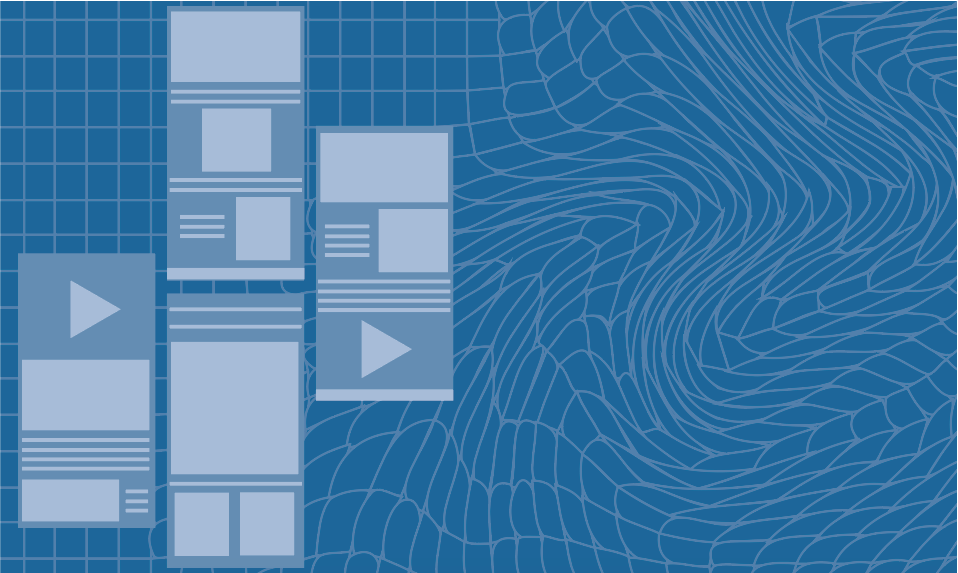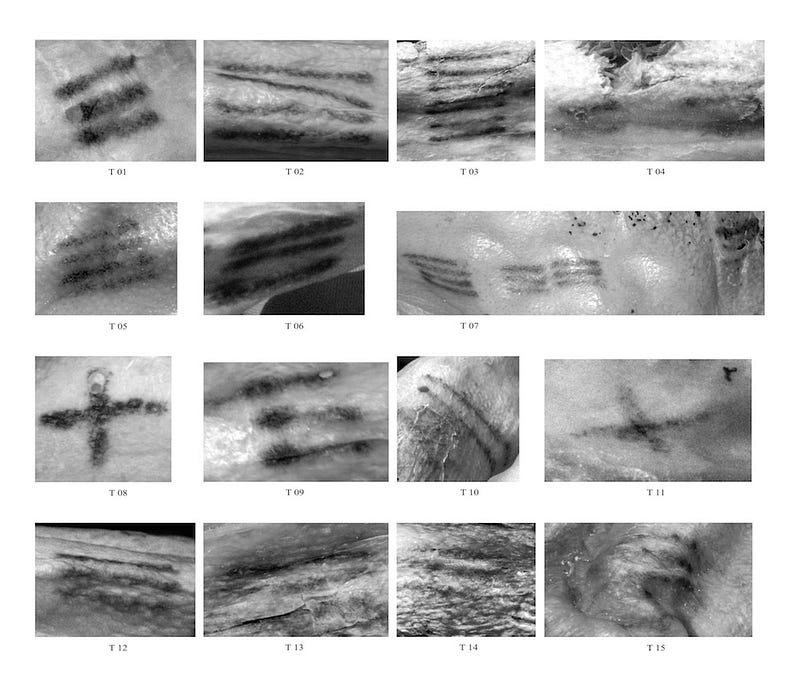
This week (03/28/2021 – 04/03/2021) I spent my time building my process book and analyzing data from a survey my partner and I sent out. I also got to create some personas- one of my favorite parts about the research portion of design! If you want to brush up on the basics, you can backtrack to this post I made earlier in the semester, where I talked about user interviews, competitive analysis, personas, and empathy maps. Today, we’re going to dive right in and dissect empathy maps and how to build personas.
Empathy Mapping
Empathy maps are extremely useful when designing a product or service. Why? “As UX professionals, it is our job to advocate on behalf of the user. However, in order to do it, not only must we deeply understand our users, but we must also help our colleagues understand them and prioritize their needs, (Gibbons, 2018).” Empathy maps allow us to visualize what we need to know about users. Empathy maps can differ from designer to designer, but the overall point remains the same: learn about the user so we can make changes accordingly.
The two empathy map templates above show how certain maps can differ, as well as how they can be similar. While one has ‘observations’ and ‘needs’, another has ‘says’ and ‘does’. The first template also has a ‘problems’ and ‘solutions’ area, which is usually included along with any empathy map, whether or not it is on the template. Some maps have ‘hear’ and ‘see’ sections, as well. It all boils down to preference and deciding what information will assist you. You could include them all if you wanted! I usually stick with the following: says/thinks, actions, feelings, and observations. I always have ‘pains’ and ‘gains’ (‘problems’ and ‘solutions’) on the side of each map. It can be extremely hard to fill these out when beginning, but with user interviews and research, the map will begin to fill itself (well, you still need to fill it out yourself, but you’ll be getting tons of information from your users that makes it super easy to finish!). Regardless of what options you use for your quadrants, here are some helpful tips to aid in completing your empathy maps (Gibbons, 2018):
- Says: what the user says out loud; can be verbatim or direct quotes. Pay attention to what your user asks, states, and expresses! This part is pretty simple, as it’s right in front of you, so just be sure to listen closely and engage the user. Says can also be combined with…
- Thinks: what the user is thinking. This can be hard, as you’re not in the user’s head. But pay attention to their answers to questions and actions! What does the user need? What matters to them? I personally combine ‘says’ and ‘thinks’ as they can overlap, and I like to get as much information as possible, so adding another category into my quadrants is (personally) very helpful. This is all up to you! Whatever works best and allows you to understand the user to the fullest potential is what you should go with. Everyone designs differently!
- Does/Actions: this option is best for user testing experiences. What is the user doing? If you’re showing them a webpage, write down how they navigate it, and what they’re trying to do even if the page isn’t responding the way they’d like/expect it to. Screen recording (or even just videotaping) can be very helpful with user interviews, especially for this category. I take into consideration what the user does daily that could be related to the product. For our vineyard guide app, I asked questions about their frequency of drinking and if they often go to wineries and included this data in my empathy maps. “The user drinks 3-4 times a week,” or “the user goes to wineries often,” can both be included under ‘does’ or ‘actions.’
- Feelings/Feels: how is the user feeling about the product or line of questioning? Sometimes they will express this verbally, and others they will not. Pay attention to how the user is reacting. You can also clarify the feelings you record with a brief sentence summary. With the existing winery app, users were greatly pained with the profile aspect, so I wrote: “frustrated: unable to create/save profile.” A few users were unable to see their wine passports and did not like that they couldn’t see the wineries they’ve been to, even when they’ve ‘stamped’ their passports. I wrote: “confused: winery history unavailable, passport does not track.”
- Observations: this category is used often in empathy maps and combines ‘sees’ and ‘hears,’ which can be found on other empathy map templates. This one, like ‘says,’ is pretty straightforward. What is the user seeing? What is the user hearing? Sometimes, depending on how your user interviews are being conducted and the nature of your product, smell, taste, and touch can be involved, as well. You can ask questions about the senses to get a better read on your user if you are not sure what they are observing. Interview questions are not set in stone!
I personally don’t include ‘needs’ on my main map as I usually include them in the ‘pains and gains’ areas. ‘Pains’ describe the pain points (problems, issues) of the user experience, while ‘gains’ describe what the app is doing well or how to improve it (solutions, ideas). If a user’s needs are not being met, I write down what they need in the ‘gains’ area as a solution, and why it’s not being met in the ‘pains’ area. However, if you choose to include needs on your main map, take into consideration the feedback given by the user. What did they want from the app? Why did they want it? Is it relative? Should it be there? Is it a product issue, or just simply excluded?
Personas
With an empathy map (or better yet, maps, unless you do an aggregated map with input from multiple users), we can begin to build our personas. Personas depict the target audience What traits would the user have? Why would the user use our product or service? There are tons of templates out there for personas, so you can browse around and pick one or create your own! You can customize your ‘template’ to include relevant information. In the case of the winery app, I included their ‘ratings’ of different alcoholic beverages to show what they prefer. Later, when creating wireframes, I’ll work this preference into a search filter result, so users can find wineries that serve drinks other than wine that they may prefer. But for now, let’s focus on personas!
Using the data from your user research and the empathy map(s) you just made, you’ll begin to construct your persona(s). Most projects require more than one. Arthur McCay from UXPressia says, “It is important to keep in mind that a persona is a collective image of a segment of your target audience. It cannot be the face of the entire TA. Nor can it be just one person. You need somewhat of a golden middle.” In an article that McCay references, ‘How Many Personas Should You Have?’ by Yuri Vedenin, the founder of UXPressia, Vedenin states, “what you should end up with is a certain number of customer subgroups each of which has a set of traits and characteristics that unite them.” No audience is the same, and if you’re targeting some contrasting or broad groups, one persona will not be able to encompass everything. Sit down and analyze your data and take into consideration who you want as your audience and who is going to be your audience. People who frequent wineries will likely be an audience for the app I’m redesigning, but I also want people who like wine and haven’t been to a winery to use the app. When building my personas, I had to think about how to represent each group of people.
It can be hard to choose what to include and keep out of your personas. To start with the basics, most personas include demographic information, goals, motivations, and pain points or frustrations. Name your persona, add a biography or description, and maybe even add a photo. From there, it’s pretty much up to you! What brings each group of your audience in? Again, why would the user use your product or service? What qualities translate over? There’s plenty of resources available to get inspiration from, even if it’s just one thing from one template and one thing from another. Get creative!
Recap
This upcoming week, I’ll be focusing on information architecture. My project partner and I will be sharing our empathy maps and personas and combining what we have to further enhance the user experience. We’ll begin talking about app choices and what we want to include, making the information architecture, and sketching wireframes. The creative process never ends!












